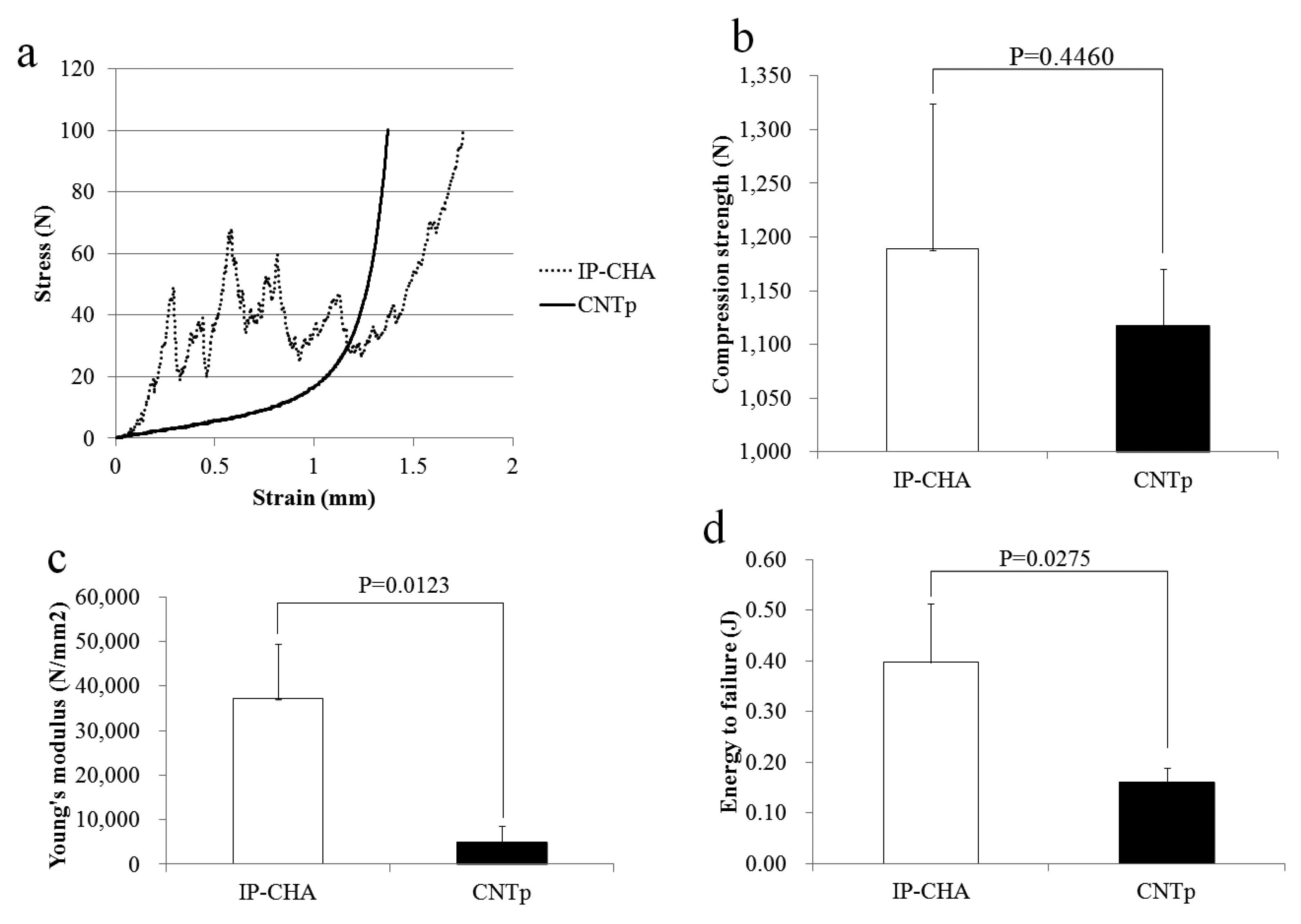

These findings suggest that the high-density polyethylene/polyethylene oxide with 5% polyethylene- grafted-maleic anhydride can be treated as a cell growth substrate in bioengineering applications. Studies Biocomposites, Linux Based Systems, and Natural fibre composites (Engineering). This has been partly attributed to the change in surface wettability property with a reduced contact angle (∼72°) for 5% PE- g-MA blends. Sara Mantero, Politecnico di Milano, Dipartimento di Chimica, Materiali, Ingegneria Chimica 'G. A porous tissue engineering scaffold selectively degraded by cell-generated reactive oxygen species Biomaterials. The cell culture experiments with murine myoblast C2C12 cell line indicated that compared to neat high-density polyethylene and high-density polyethylene/polyethylene oxide, the high-density polyethylene/polyethylene oxide with 5% polyethylene- grafted-maleic anhydride scaffold significantly increased muscle cell attachment and proliferation with distinct elongated threadlike appearance and highly stained nuclei, in vitro. A maximum ultimate tensile strength of 7 MPa and elastic modulus of 370 MPa were displayed by the high-density polyethylene/polyethylene oxide binary blend with 5% maleated polyethylene during uniaxial tensile loading. An attempt to stabilize such morphology against thermal and shear effects was made by the addition of polyethylene- grafted-maleic anhydride as a compatibilizer.

Selective dissolution of polyethylene oxide from the biphasic system revealed droplet-matrix-type morphology. Co-extrusion approach was adopted, whereby high-density polyethylene was melt mixed with polyethylene oxide to form an immiscible binary blend. As a first step towards this endeavour, we here demonstrate a distinct methodology in biomimetically synthesized porous high-density polyethylene scaffolds. A major challenge for tissue engineering is to design and to develop a porous biocompatible scaffold, which can mimic the properties of natural tissue.


 0 kommentar(er)
0 kommentar(er)
